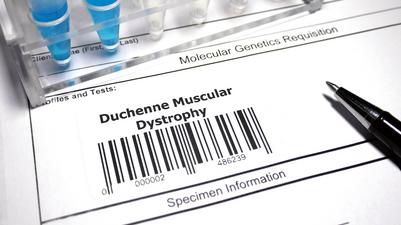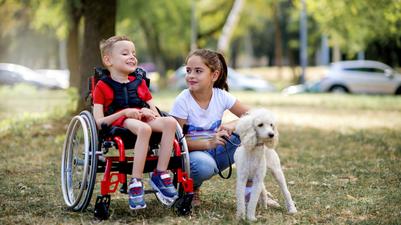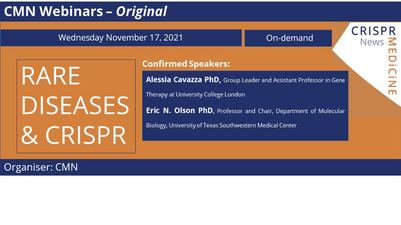Disease name: Duchenne muscular dystrophy, DMD
ICD-10 Disease Code: G71.01 - Duchenne or Becker muscular dystrophy
ICD-10 Disease Group: G71- Primary disorders of muscles
General description:Duchenne muscular dystrophy (DMD) is a rare genetic disease that is characterised by severe and progressive skeletal and cardiac muscle weakness and atrophy in the male population and less severe muscle weakness in the female population.
The disease often debuts between the ages of three and six years. Because of the rapid progressive nature of the disease, most patients require assistance in the form of a wheelchair by their teenage years, as the disease gradually extends to more muscle groups.
In addition to the decay and necrosis of muscle fibers, children suffering from DMD are affected by reduced bone density making them prone to fractures, especially in the hips and spine.
Patients of DMD are also at risk of cardiompyopathy, a heart disease that weakens cardiac muscles preventing proper heartbeat and blood pumping.
Mutations:
DMD is an X-linked recessive disease, meaning that a female carrier would need to carry the mutated gene on both chromosomes in order to be symptomatic, but in males one mutated chromosome is sufficient, owing to the fact that males only have one x-chromosome. The disease is caused by mutations in the DMD gene that is located on the short arm (p) of the X chromosome (Xp21.2). The DMD gene is responsible for the production of of the protein dystrophin. This protein helps to stabilise skeletal and cardiac muscle. Mutations in DMD prevent the production of healthy dystrophin.
Disease frequency:Duchenne muscular dystrophy affects about 1 in 3,500 to 1 in 9,300 males worldwide.
The symptomatic prevalence in the female population is unknown.
Symptoms:Because DMD most often debuts during early childhood development, it is most often diagnosed in connection with delayed development milestones, such as sitting, standing, walking, and running without assistance. Children suffering from the disease usually develop abnormally large calves, due to scarring of muscles. As the child develops, symptoms progressively include the wasting of pelvic muscles, curving spines and abnormal joint fixation, due to muscle weakness and deformity.
Treatment:There is currently no cure for DMD, and the only available treatments aim to slow down disease progression in the individual patient. Treatments involve physical activation of the muscles in order to sustain or build muscle mass, and surgery and braces are used to treat muscle contractions.
Corticosteroids are used as standard care in patients suffering from DMD to slow degenerative muscle progression.
In recent years, four gene-targeting therapies have received FDA approval for DMD. All of these are antisense olignonucleotide (ASO) treatments that work by binding to the pre-mRNA dystrophin transcript. These function as molecular patches that force the translation machinery to skip certain exons in order to restore the reading frame to yield albeit truncated dystrophin variants that retain some function. Such variants may maintain muscle integrity and produce a less severe disease phenotype.
The approved therapies, eteplirsen (exon 51, Sarepta Therapeutics), golodirsen (exon 53, Sarepta Therapeutics), viltolarsen (exon 53, NS Pharma) and casimersen (exon 45, Sarepta Therapeutics) each induce skipping of a single exon and may be used to treat patients with mutations in exons 45, 51 or 53, which account for about 30 % of all DMD cases. As of yet, the European Medicines Agency has not approved any of the ASOs, but it did approve ataluren (PTC Therapeutics), a premature stop codon readthrough therapy to treat paediatric DMD caused by nonsense mutations in 2014.
Sources:








